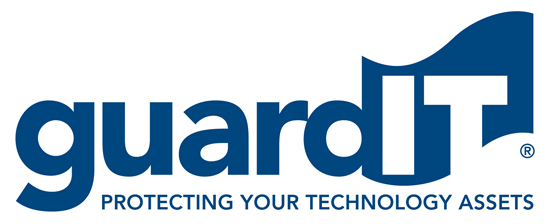By Jim Ford, CEO, Guard-IT Corporation
I had the pleasure of attending/exhibiting at the International Association of Drilling Contractors (IADC) "Asset Integrity" conference in Houston back in September. High on the agenda was verifying the integrity of the usual hard inventory and assets (rigs, pumps, pipes, etc.) when stacking equipment and preparing for a slowdown.
But I didn’t hear much discussion about verifying the integrity and "stacking" the software and mission-critical IT components that actually make all of this equipment work. Software & IT asset inventory, verification and preservation should be on the MUST-do list of every drilling contractor and operator in the global energy sector.
Why? Best practices. If you are making substantial investments in the technology to run your business, why wouldn’t you make reasonable efforts to protect them?
Your entire enterprise could be at risk of a ridiculously expensive few days, weeks or months of downtime if all or part of your system is hacked, corrupted or compromised. And there’s the connectivity of the whole system, there are a lot of parts involved and many have a direct impact on the functionality of another. If just one component fails, the resulting domino effect can have the old “Turn out the lights, the party’s over” effect.
The good news is that much of this is preventable. Or maybe a better word is reparable. The hacks and failures really aren’t that easily prevented, but when they do occur, there are ways to minimize your collateral damage and get back to business as soon as possible.
The simple solution is access – from a trusted third party – to a tested and clean, exact copy of the system or software component that failed. If your validated copies are preserved, you can access them, plug them in and get back to business much quicker and easier than having to reinvent the wheel, e.g., wait for help from tech/vendor support, shop for replacements, reinstall the replacements, retrain your staff, etc. while your six-figure-a-day Offline Meter is running.
The “stacking” of IT assets is a common-sense preventive measure against very complicated and expensive issues facing the energy sector.
When we discuss this with clients in other industries, a common question is “What items should we include in the ‘stack’?” This is a great question, and answers do vary depending on the size and complexity of the IT infrastructure.
To properly pen a contingency plan for a hack, crash or software vendor’s demise, it makes sense to park every piece of support documentation, developer toolkits and accessories, instruction manuals and any other data or information pertinent to the product – not just the source code.
Source code alone, without instructions as to how it compiles, what it’s supposed to do or how it’s supposed to function, can be pretty much useless.
A complete deposit of these mission-critical components should include the source code, along with copies of technical documentation, instruction manuals and support utilities – even a copy of the operating system, if it is outdated, specialized or proprietary. Even names and contact details for the original development team might be helpful when you’re in a crunch.
Properly prepared, a good IT “stack” or deposit will be worth its weight in gold when a failure occurs. And a thoughtful, comprehensive hardware and equipment stacking project will always include software and IT asset inventory, testing and storage.
So why consider this now? These are relatively quiet times.
The next time prices and production ramp up, you’ll be too busy to deal with your software systems. You’ll also be more vulnerable and your downtime will be more expensive.
